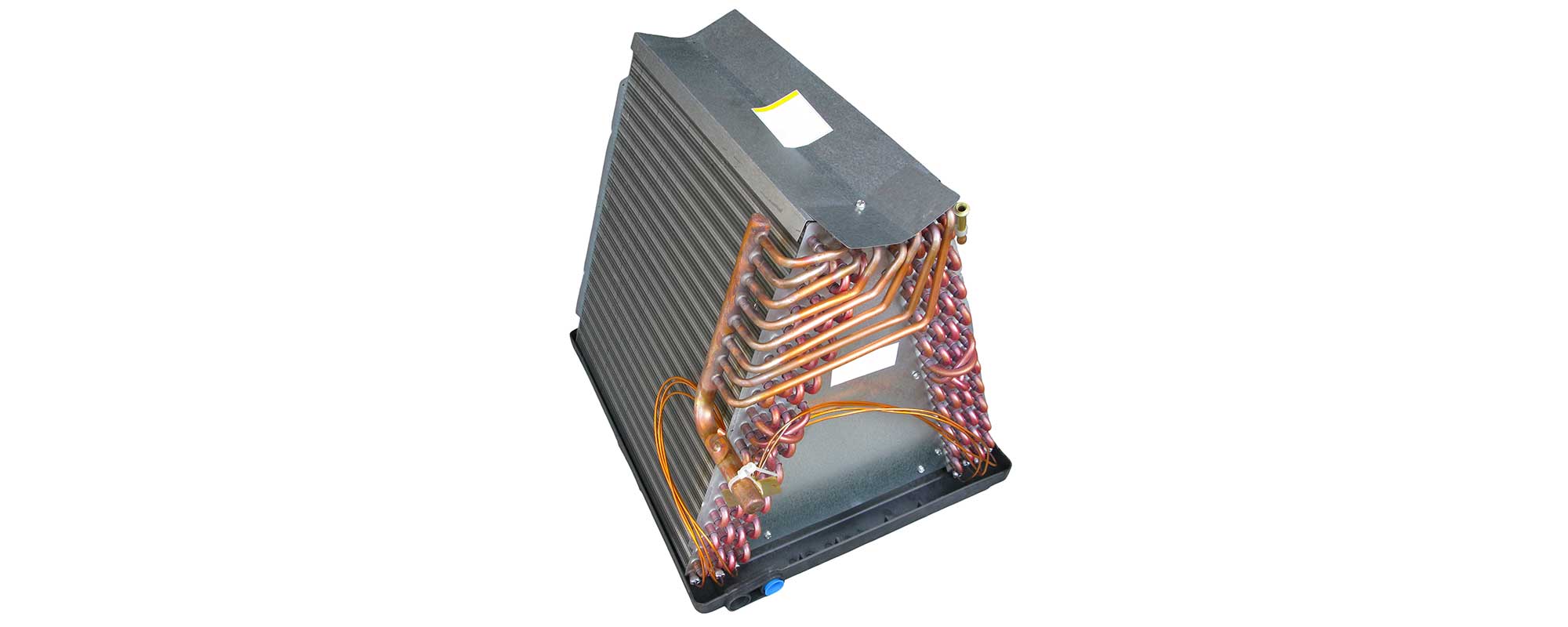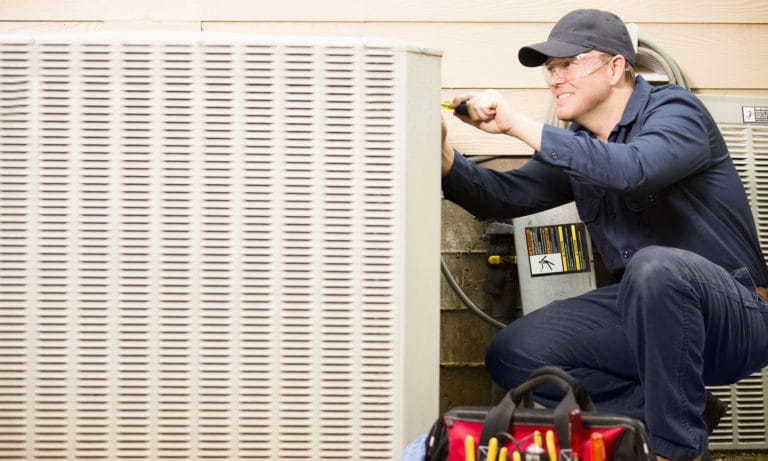What does an Air Conditioning evaporator do?
Your air conditioning system is the sum of multiple parts, each one playing an important role in cooling your home throughout the seasons. The evaporator is one of those parts carefully designed to keep your AC system humming along. Today, we’ll go in-depth about what the evaporator does, how it works and why it’s important to maintain it regularly.
What’s an Evaporator, Anyways?
The evaporator, also known as the evaporator coil, is a device that helps the AC system absorb and move heat out of your home. In essence, it’s a series of tubes bent into a “U” shape and set in a panel covered with thin fins. Most evaporators are made out of aluminum and/or copper, depending on the type and brand of AC system.
You’ll find the evaporator installed inside of the indoor unit on central AC systems and inside of the air handler on mini-split units. Window-mounted and portable AC units will have the evaporator located towards the front of the unit so it can absorb heat more effectively.
The condenser is nearly the exact same as the evaporator, except the condenser is located in the outside unit and purposed with releasing latent heat instead of absorbing it. With heat pumps, the evaporator and condenser switch roles whenever users call for heat instead of cool air.
How Your AC Evaporator Works
Just before the refrigerant enters the evaporator, it passes through an expansion valve that transforms the low-pressure gas into a liquid. The now-liquid refrigerant enters the evaporator where it slowly becomes a low-pressure vapor. At the same time, it’s also absorbing latent heat from the surrounding air as it passes through. The blower fan draws in warm air and, at the same time, pushes the now-cold air into the indoor space.
The refrigerant leaves the evaporator carrying away your home’s latent heat and makes its way back to the compressor, where it’ll compress the low-pressure vapor into a high-pressure gas before pushing it through the condenser.
To get a good idea of how your evaporator works, think about your car’s radiator. It’s almost the same as an evaporator, except engine coolant runs through the tubes. But while your radiator is designed to release heat gathered from the engine and other components, the evaporator helps the refrigerant collect heat from the surrounding area to send elsewhere.
It’s not unusual to see a little frost form on the evaporator’s surface. That’s because temperatures near the surface reach freezing as the evaporator not only removes heat energy from the surrounding air, but also condenses the water vapor contained within.
What If Your Evaporator Fails?
Maintenance is crucial when it comes to your AC evaporator. Dirty coils are a common cause of evaporator problems and a dirty coil can cost your AC system up to an extra 30 percent in increased energy use.
Not only should you keep the evaporator free of debris, but also look out for signs of corrosion. Corrosion can open up tiny holes in the tubes, allowing refrigerant to escape.
The experts at Airrific Air Conditioning and Heating can tell you if your evaporator is failing and provide sensible repair and replacement options. Contact us to learn more.
Need Air Conditioning Repair? Talk to your air conditioning repair experts at Airrific Air Conditioning & Heating today! Call (941) 371-3355.








